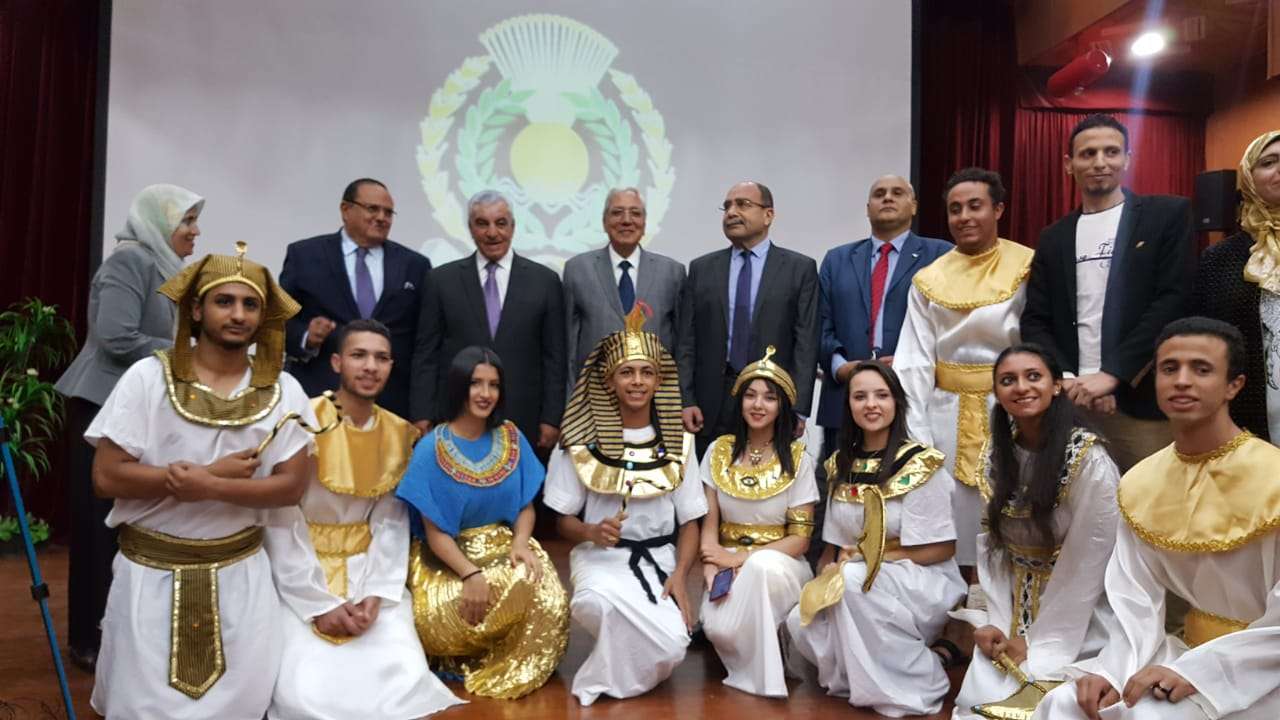Zahi Hawass Institute of Egyptology organized a lecture at Mansoura University in the presence of the Governor and university administrators.
Hawass stressed the need to love one's profession to outshine in it, pointing out that he was not adapted in the work environment of the Department of Antiquities, which he was appointed in after graduation until he moved to excavation sites and began to acquire skills from operators in the field.
The renowned archeologist then received a grant to study in the United States for 7 Years that enhanced his personality.
He added that Egypt has 124 pyramids, the greatest of which is Khufu's pyramid.
"The belief of the ancient Egyptians in the after the world is the reason for their inventiveness in all fields, especially the construction of the pyramids, which was considered a national project at that time and the place from which the kings ruled Egypt," he pointed out.
Hawass denied the presence of red mercury in the ancient Egyptian tombs, which some believe it brought wealth to them as well as helped them heal him from diseases, adding the absence of strict archaeological evidence on the visit of some prophets to Egypt except for the Merneptah Stele, also known as the Victory Stele of Merneptah, which marked the presence of Moses in Egypt.
Hawass pointed out that only 30 percent of Egypt's antiquities have been discovered and the rest are still buried under the ground.
He stressed that until 1983, the Egyptian antiquities were legally traded out of Egypt, and the archaeological missions were allowed to obtain half of what they discovered, however, the parliament later banned smuggling operations.
Hawass also announced that President Abdel Fattah El Sisi will soon inaugurate the Grand Egyptian Museum (GEM), which will include a performance of Tutankhamun's opera.
Hawass told the audience that the tombs, which had been closed for thousands of years, included invisible germs flowing to archaeologists after excavations, prompting some to believe the curse of the Pharaohs.
Finally, he concluded by reviewing some of his latest archaeological discoveries in the Valley of the King

















 s.
s.












